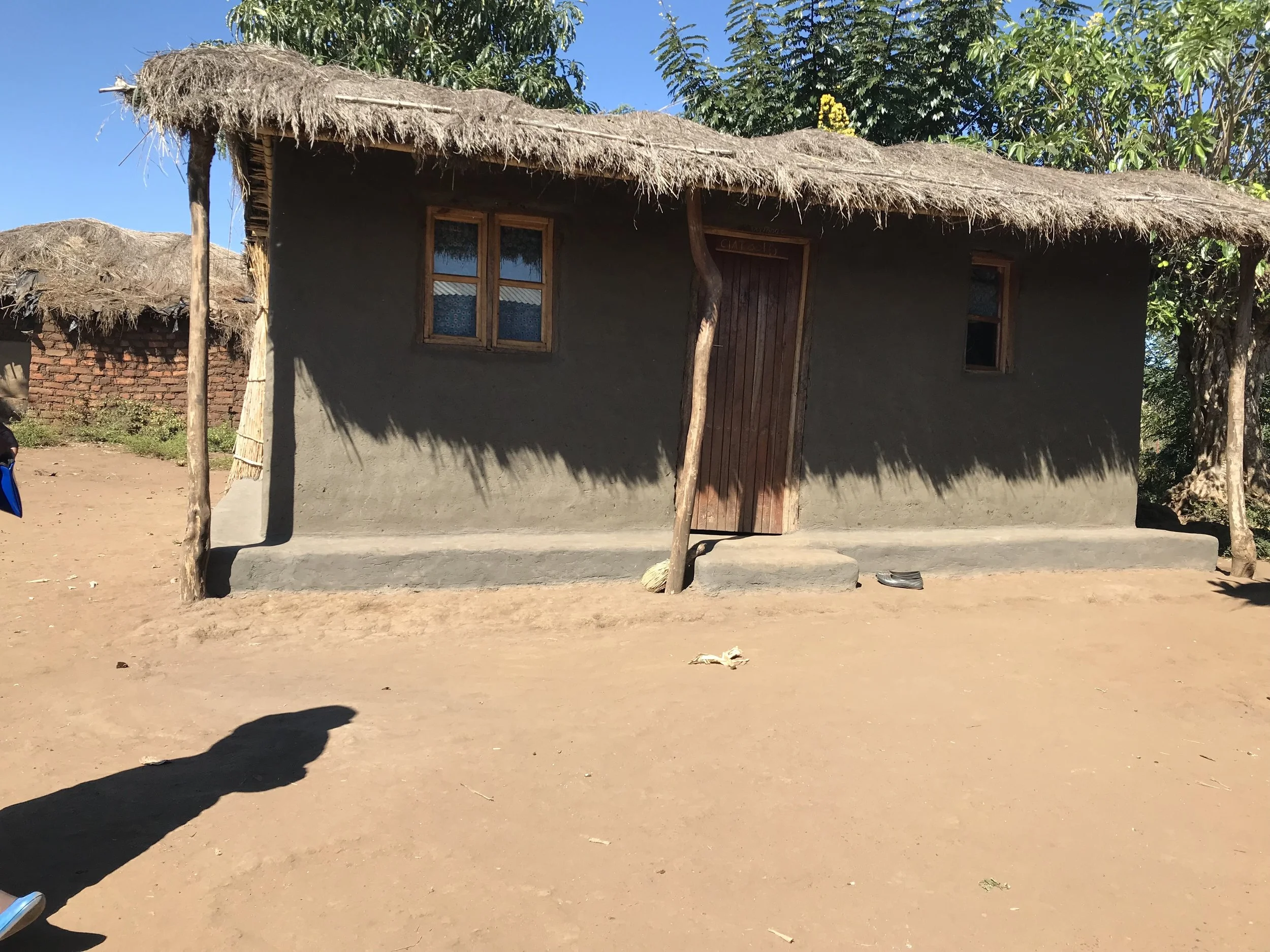The PPI in Pictures
Many of you know the Poverty Probability Index, or PPI. (You may know it by its old name, the Progress out of Poverty Index). It is a clever, quick and reliable way to measure the poverty level of groups of people.
The PPI is simply ten multiple-choice questions asked to whoever is chosen to participate in a study, and each possible answer adds a different number of points to the score of the respondent's household. The highest possible total score for the ten questions is 100, the lowest 0. The questions are carefully chosen and weighted so that the household total corresponds to a specific probability that the family is living above or below different poverty lines. The set of questions is tailored for each country, so a participant in Mali won't be asked exactly the same questions as a participant in Haiti, for instance.
I was recently in Dedza Malawi doing some work with World Relief - more on that in other posts! - and we are using the PPI to produce a poverty baseline among existing savings group members, and in eight months we will use the same questions to look at the PPI scores of new members; this will enable us to see if the program has been able to reach out to the very poor better.
The PPI score is an abstraction of the real lives of real people. and we thought it would be of interest to illustrate what some of the scores are based on, so we asked Tinesy Samson, a member of a savings group in a village in Dedza, who had just participated in the PPI interview, to show us her home, which she graciously did. I took some pictures of her dwelling and others in her village, to illustrate what the PPI questions are referring to.
One of the PPI questions asks about the construction materials of the walls of her house. Tinesy got a four for “mud bricks” - higher than a zero for “mud or grass” but less than the top score of 8 for “Compacted earth, burnt bricks, concrete, wood, iron sheets or other.”
She got zeros for each of these three questions: “Do any members of the household sleep under a bed net to protect against mosquitos?”, “Does the household own any tables?”, and “Does the household own any beds?” There is a separate sleeping area, not very visible in the photo, but Tinesy and her family sleep on the mud floor (0 points for the floor, which is made of “Smoothed mud or sand”.)
Tinesy lacks bed, mosquito net or table; however, her small house has a good stock of maize, arguably much more important.
As the pictures above show, TInesy got 0 points for her roof. Outside, she has a “Traditional latrine with roof, only for household members”, which earned her a “6”, the top score in that category.
Tinesy's latrine: Top marks!
The other PPI indicators are not shown in the pictures: she has six family members (4 points), is not able to read or write (0 points), and she lights her house with a “Battery/dry cell (torch), candles or electricity” - she has a flashlight - earning her the top score of 13 in that category.
Her total raw score of 28 gives her household an 88.5% chance of living below the poverty line of $1.25 per person per day, which seems about right.







